Hi everyone! For those of you who don’t know me (probably most of you lol), I’m redsugar (紅糖)! I’m a Taiwanese-American student based in California, and, of course, a fellow hanfu enthusiast.
I’ve written a few articles in the time that I’ve been a part of this community, most of them informational or tutorials, but in an effort to help diversify the site I’ve decided to write an account of my personal experience with hanfu—specifically, hanfu and my relationship with my gender.
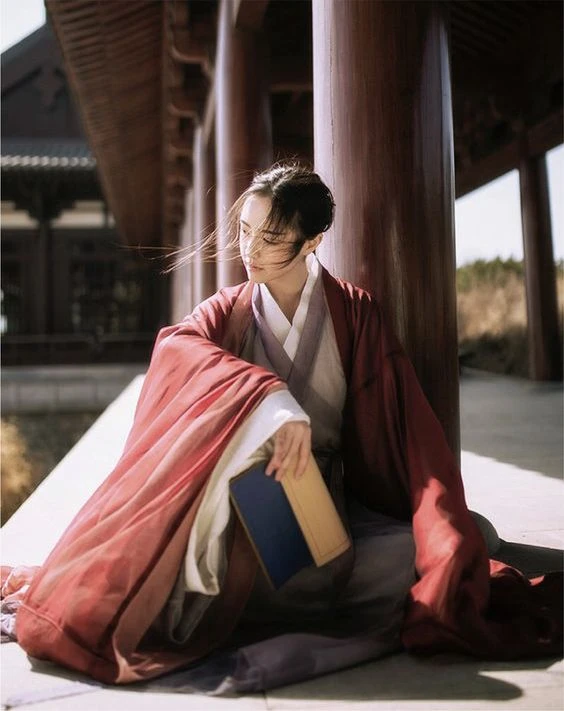
No doubt when I say that I’m gender fluid, a lot of you probably won’t know what I mean—that’s okay! It can be confusing sometimes, especially for people who aren’t part of the LGBTQ+ community. For starters, let’s look at gender as a spectrum: there are people who are women, there are men, but those aren’t the only two options possible.
Gender identity isn’t limited to just male and female, it also includes other identities such as agender, bigender, gender fluid (me!), and gender flux—you could be right in between male and female, or not feel like either of those at all. These non-male or female gender identities fall under a category called ‘non binary.’ The important thing to remember is that gender and biological sex—that is, what your chromosomes tell you when you’re born—are completely separate. People whose biological sex doesn’t match their gender are called transgender.
Now, what about gender fluid? What does that mean? Gender fluid essentially means that my gender identity is fluid, not static—it moves around and changes with time. The most simple way to explain this is that one day I might feel like a girl, and the next I might wake up and realize that I feel like a guy, and the next I won’t feel like either one—so on and so forth. It isn’t on a fixed schedule, and what gender I am at a given time isn’t something that I can choose, just like you can’t choose when you feel like you want pizza, versus when you feel like you want ice cream, or both.
What I can choose is how I present myself—I can feel like a girl but dress very masculine, or feel like a boy but dress very femininely, but it doesn’t change what I feel my gender is at the moment, just like you could really want ice cream, but eat pizza anyway because you don’t mind pizza and there’s already pizza there. Generally, though, people try to present themselves the way that they feel—when you want ice cream you try to eat ice cream—because it makes people feel more comfortable that way.
Now, my personal experience with gender fluidity isn’t really like a switch that flips from girl to boy to non binary every day. I tend to always hover somewhere in between male and female, and occasionally I’ll lean towards male or towards female slightly more.
This brings us back to the topic of hanfu! As an asian-american, specifically a Taiwanese-American, I have a lot of mixed feelings about where I belong. I won’t get into the details of politics, but the general idea is that I feel a connection with hanfu culture as it is where my roots are, with two taiwanese parents, just not with the People’s Republic of China because my family was never part of that country—which allows me to still participate in the hanfu movement, as I share its cultural roots.
(For those who are confused, Taiwan essentially split from China during the cultural revolution, which is well after any dynasty that hanfu is considered to come from.)
What’s more, though, is that the interpretation of gender in ancient China is very different from the European interpretation of gender. For instance, Peking opera throughout history almost always included men crossdressing since only men acted, and therefore had to fill the female roles as well as the male roles. This isn’t limited to opera—in several dynasties it wasn’t uncommon at all to see men wearing typically female-coded clothing in the streets, and in many dynasties men were known for wearing lipstick and powdering their faces (required as part of the dress code for some!).
Most styles of hanfu like the ruqun, yuanlingpao, banbi, beizi, doupeng, shuhe, and more are also unisex, especially with skirts and robes that people might see as more feminine. For a while after I realized I was gender fluid, I refused to wear dresses and skirts since it made me uncomfortable to present myself so femininely, but after wearing hanfu and getting more familiar with the unisex nature of skirts and other shapes of fabric, it’s allowed me to expand my sense of style considerably.
Styles of hair also have a different gender differentiation—in hanfu, everyone has long hair, regardless of gender. I actually really like having enough hair to play around with, but often feel pressured to cut it shorter so I can be recognized for my gender identity when I feel more masculine. Hanfu has helped me realize and reinforce the idea that hair and fabric can’t determine what gender you are or are seen as, and that both hair and clothing are fluid—it’s what you do with them that makes something really look masculine, feminine, or neither.
Lastly, I do think that everyone in the hanfu community is brave for taking interest in something that many would deem strange or irrelevant, but it’s a part of self-expression that I find a lot of peace in. It’s a rich mix of culture, history and identity that takes a lot of courage to pursue, but having a community in a shared interest always helps make people feel supported. I hope that my article allows others in the LGBTQ community and other marginalized communities feel a little more welcome here!
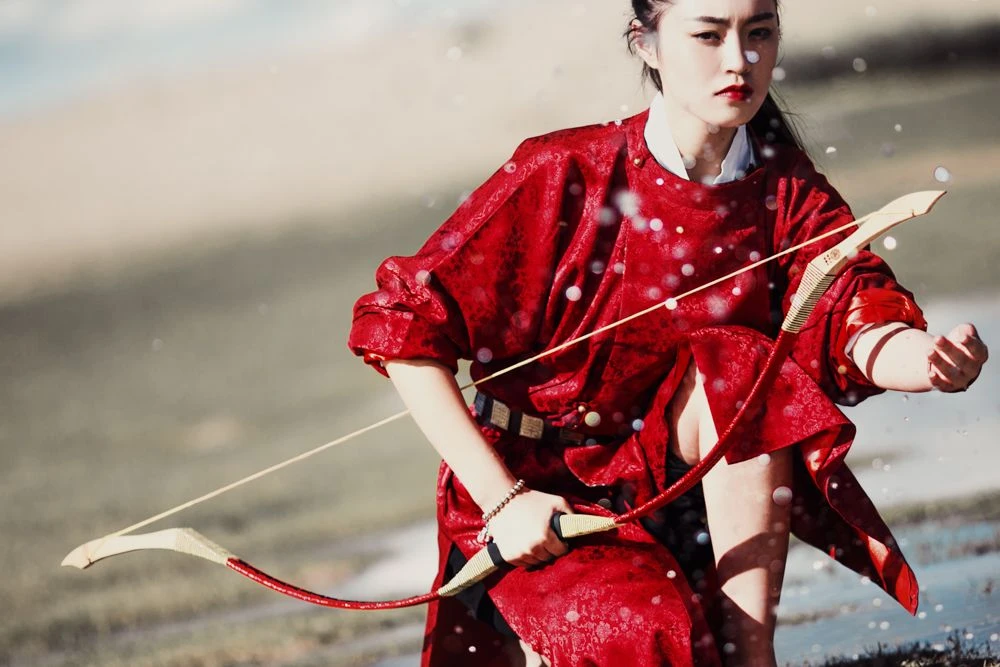
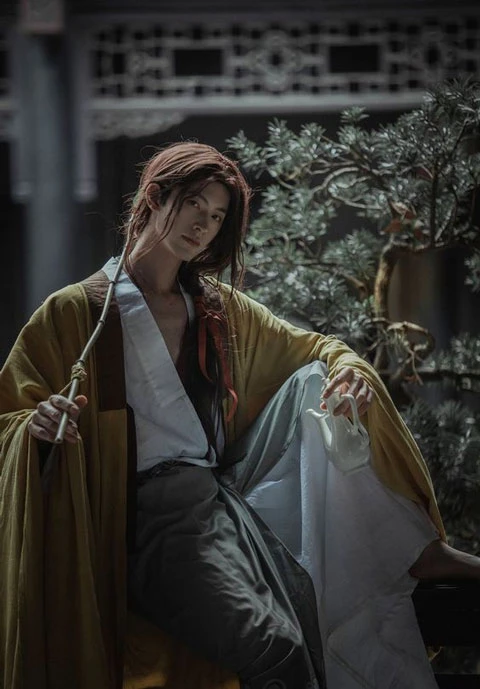
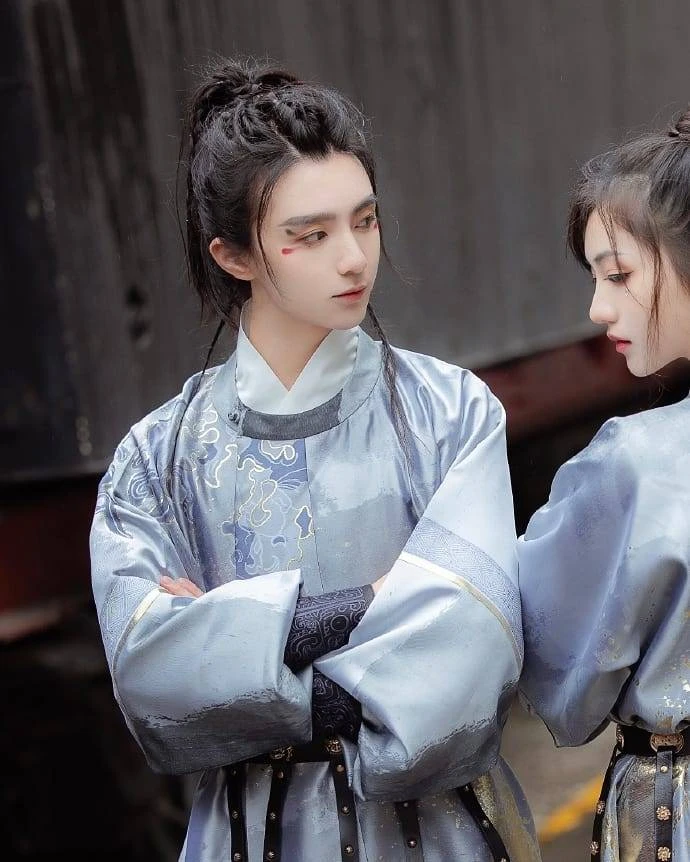
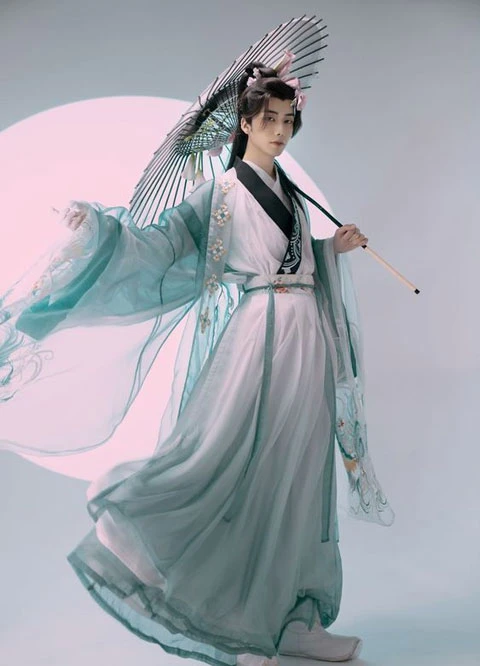
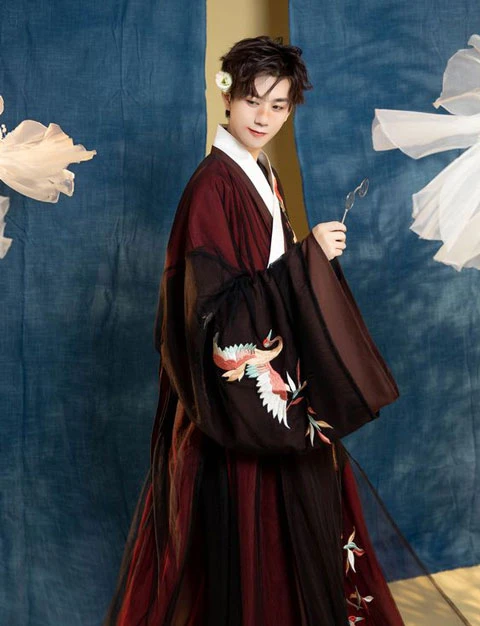

😍😍😍
you are very brave!
Thank you!
This is my first detailed understanding of gender fluid, thank you for sharing!
No problem, tysm for reading!